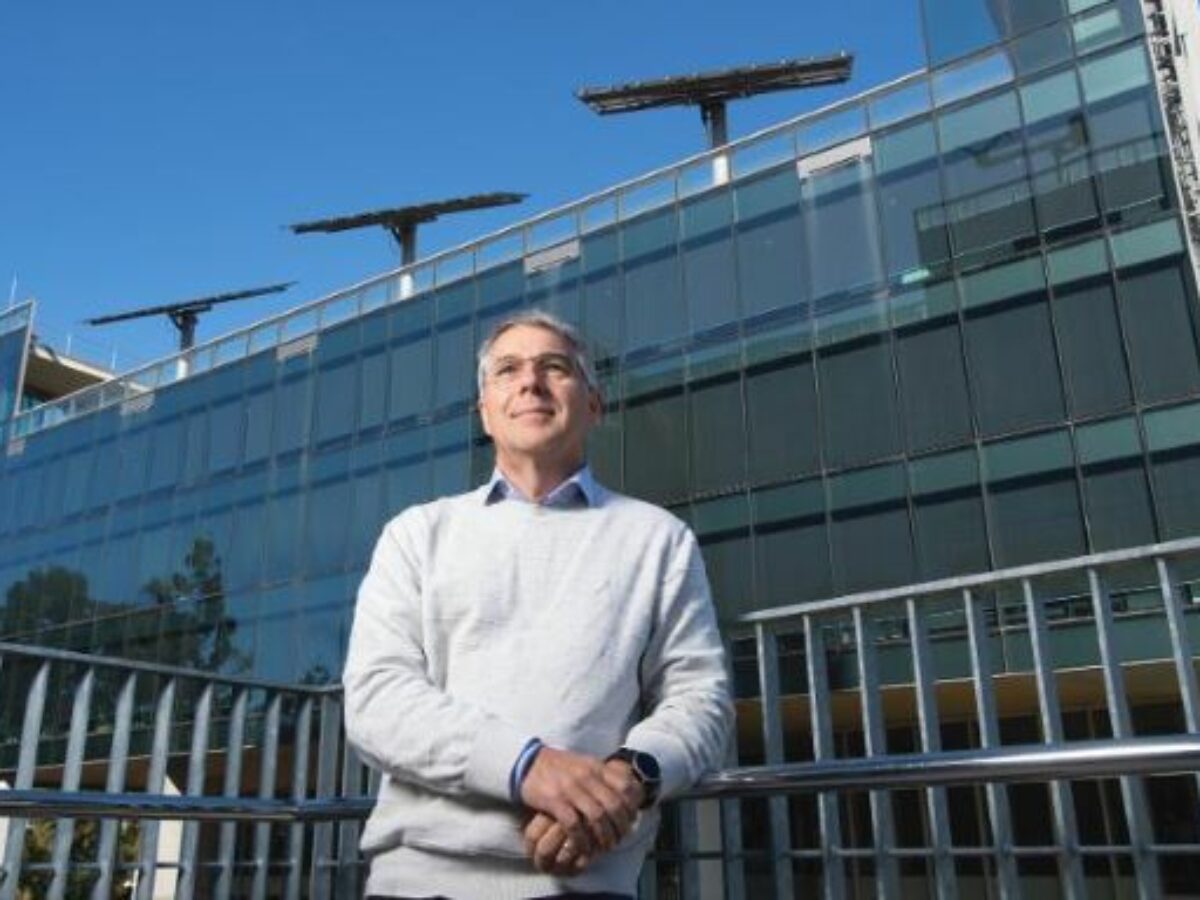Fossil fuels should not be converted to hydrogen

Natural gas and coal industries should not transition to the supply of blue hydrogen if Australia is to achieve a sustainable energy economy and net zero emissions by 2050, according to researchers from the Queensland University of Technology.
Their study, published in Sustainable Energy & Fuels, shows the differences between hydrogen production based on a generic primary fuel source – coal, natural gas, or renewables – and the resulting carbon dioxide (CO2) that needs to be abated for net zero emissions.
Associate Professor Jonathan Love from the QUT Centre for Clean Energy Technology and Practices said the analysis highlighted considerations for future studies, policy deliberation, and consumer regulatory frameworks for clean electricity and transport.
“We need to consider the end-to-end process to produce and use hydrogen if we are to say it’s sustainable and is part of the clean energy transition,” Professor Love said.
“Different fuel cells produce very different outcomes when considering the best use of fuel for sustainability outcomes.
“There is no current policy that links consumer fuel cell technology choices with the primary energy source or emissions, so hydrogen producers could end up making sustainability outcomes worse.”
Researchers analysed the amount of CO2 that would need to be abated for net zero emissions from production and use of blue hydrogen (from steam-reformed natural gas), black or brown hydrogen (from coal-gasification), and green hydrogen generated using renewable energy or low-carbon power.
Professor Love said hydrogen use required fuel cells, which convert chemical energy to electrical energy but can’t store chemical energy like batteries, so need a separate gas tank for fuel.
The low temperature proton-exchange membrane fuel cell (PEMFC), the most common type of fuel cell, is used in electric vehicles such as the Hyundai Nexo and Toyota Mirai.
He said the analysis compared the PEMFC with a high temperature solid oxide fuel cell (SOFC) that can convert not only hydrogen but natural gas, biogas, or any fuel mix.
“The PEMFC can only operate with high purity hydrogen and our analysis shows that its best to only use green hydrogen and not blue hydrogen made from fossil fuels,” Professor Love said.
“The SOFC is the best fuel cell for the fossil fuel industry to pursue as long as they had carbon capture capability, rather than converting natural gas to hydrogen, which actually produces more emissions over the whole process.”
Professor Love said technologies such as SOFC that could use a blend of natural gas and green hydrogen and became greener over time and was one strategy to ensure no unintended lock-in of fossil fuels.
“A sustainable energy economy should be the ultimate objective rather than a hydrogen economy that may entrench unwanted practices with poor sustainability outcomes through unwise use of power generation methods.
“Green hydrogen is the best option that enables the whole process chain to be sustainable.
“Blue hydrogen is unviable in a future sustainable energy economy, even though it is a hot topic as part of the hydrogen energy transition across the EU, Australia and other OECD countries.”
Picture: QUT/Professor Jonathan Love
Subscribe to our free @AuManufacturing newsletter here.
Topics Manufacturing News Technology
@aumanufacturing Sections
Analysis and Commentary Awards Defence Manufacturing News Podcast Technology Videos






